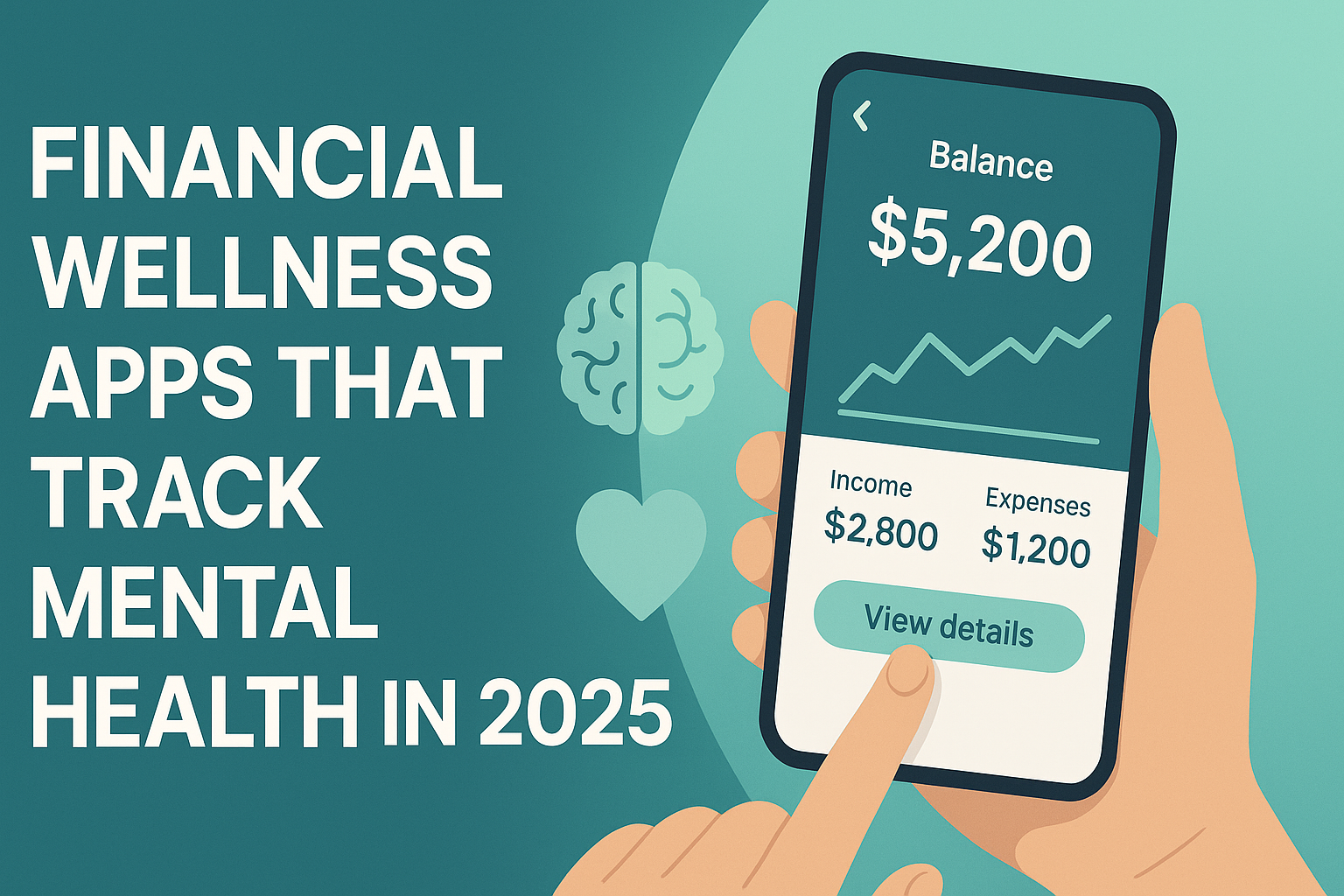Behind the celebration of India’s GDP rise lies a deep divide — and the consequences extend far beyond its borders.
India recently surpassed Germany to become the world’s fourth-largest economy, boasting a $4.2 trillion GDP. At first glance, that sounds like a major win for global growth and a model of emerging-market resilience. But beneath the headlines lies a complicated reality — one where rapid expansion masks widening inequality, wage stagnation, and youth unemployment.
If you’re an investor, a policy observer, or someone curious about how this trend could ripple across global markets and consumer behavior — especially in developing economies — this story deserves your attention.
Background & Context
India’s economic ascent has been nothing short of remarkable. The country has transformed into a global tech and services hub, drawing international investment and fueling innovation in digital infrastructure, AI, and fintech.
But the GDP growth narrative doesn’t tell the whole story.
Despite its rising macroeconomic stats, India’s per capita income remains among the lowest in the top ten global economies. According to data from the International Monetary Fund (IMF), much of the growth is concentrated in urban hubs and elite industries. Meanwhile, vast swaths of the population see little change in day-to-day financial stability, especially rural and low-skilled workers.
This paradox of high GDP versus low real incomes raises concerns not just for India, but for any emerging economy chasing headline growth at the expense of inclusive prosperity.
Deep-Dive Analysis
Impact on Homeowners
A growing economy typically drives infrastructure booms — and in India, urban construction is accelerating. But that doesn’t automatically translate to accessible homeownership.
In fact, rising household debt and climbing interest rates are putting pressure on India’s middle class. As the Reserve Bank of India (RBI) works to control inflation, homeowners with variable-rate mortgages could face higher monthly payments, especially in major cities like Mumbai and Bengaluru.
For aspiring homeowners, the dream of owning property may become harder to attain as affordability drops and wages struggle to keep pace.
Impact on Investors & Savers
The divergence between national GDP and household financial health also matters for savers. Despite India’s tech-driven stock market highs, personal savings rates have declined, dropping below 20% of GDP for the first time in decades, according to data from the Reserve Bank of India.
Inflation and income stagnation are key culprits. For global investors, India’s booming equity sectors — including digital services, finance, and green energy — offer opportunity. But these markets are also highly sensitive to political shifts, policy delays, and social unrest tied to income inequality.
Diversification remains crucial. Both local and international investors should hedge exposure to India’s concentrated tech gains with more balanced regional or sector-based holdings.
Impact on Jobs & Consumers
Perhaps the most striking contradiction in India’s growth is what economists call “jobless growth.” Despite GDP acceleration, unemployment — especially among youth and women — remains stubbornly high.
The push toward digitization and automation has displaced labor in traditional sectors like agriculture, textiles, and basic services, without creating enough high-skilled jobs to absorb displaced workers. This imbalance widens the gap between growth and well-being.
At the consumer level, inflation continues to outpace wage growth, eroding purchasing power even as the economy expands. For lower- and middle-income Indians, everyday essentials are becoming more expensive — a stark contrast to the country’s global image of economic success.
Actionable Takeaways & Key Insights
Monitor Inflation Trends: If you’re in an emerging market or invest in one, track inflation’s impact on real incomes and borrowing costs — especially in rapidly growing economies.
Diversify Investment Portfolios: Don’t over-concentrate in high-growth tech sectors. Look to healthcare, infrastructure, and agriculture innovation as long-term alternatives.
Assess Job Market Alignments: Whether you’re in India or elsewhere, upskilling toward tech-adjacent or digital-resilient fields is key to staying employable in changing labor markets.
Reinforce Financial Health: For residents and NRIs alike, reducing personal debt and improving liquidity buffers can offer protection from rate volatility and job uncertainty.
Conclusion & Call to Action
India’s GDP growth is impressive — but not infallible. It reveals the danger of mistaking economic expansion for economic equality, and highlights a broader global truth: growth without distribution creates fragility, not prosperity.
If you’re managing money, planning your career, or investing in international markets, these undercurrents matter. The real economic story isn’t just told in trillions — it’s told in how people live, work, and build resilience.
Stay tuned to The Evolving Post for more smart, actionable updates that impact your money and your future — because understanding the system is the first step to changing your financial story.
While this analysis is based on thorough research, it is for informational and educational purposes only and should not be considered financial advice.









